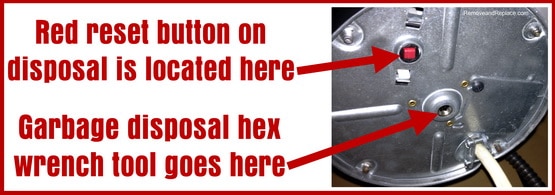


It also, as its name suggests, allows you to test that the ALCI is working. The test button allows you to cut off power manually. Then press the reset button and plug it back in. If the ALCI cuts off the power to your hair dryer, turn it off and unplug it. But if you do it by accident, it should protect you. UL doesn’t recommend tempting fate and immersing a hair dryer in water. If the ALCI detects a change in the electrical current, it will cut power to the appliance within a few milliseconds. Manufacturers started outfitting hair dryers with ALCIs after UL mandated them. Unfortunately, circuit breakers in your home react too slowly to protect against electrocution (they’re designed primarily to prevent fires). When an electrical appliance that’s plugged in is immersed in water, electricity can leak out of it and shock you. Many years ago, the appliance industry received reports of hair dryers electrocuting small children in the bathtub, according to UL, which develops product safety standards. All hair dryers these days have them, for good reason. The buttons are part of a device called an Appliance Leakage Circuit Interrupter (ALCI). You’ve probably noticed the plug on your hair dryer has two little buttons on it, one that says “test” and one that says “reset.” But do you have any idea what they do or when to use them? Appliance Leakage Circuit Interrupters explained Just in case that hair dryer falls into a wet sink or tub… Materials Data Collection and Management.Renewables Assets & Operations Analytics.Microgrids, Distributed Energy Resources & Hybrid Projects.Security and Compliance for Connected Devices.Regulatory Compliance Software for Life Sciences.Material Sourcing and Technical Insights.Product Design, Compliance and Regulatory Insights.Occupational Health for Clinics and Hospitals.GxP Training and Qualification for Life Sciences.Sustainability and ESG Reporting for Enterprise.Benchmark Automation Platform for Enterprises.Computer and Hardware Performance Benchmarking.Lighting Safety Testing and Certification.Residential and Commercial Air Conditioning.Information and Communications Technology.Architecture, Engineering and Construction.


 0 kommentar(er)
0 kommentar(er)
